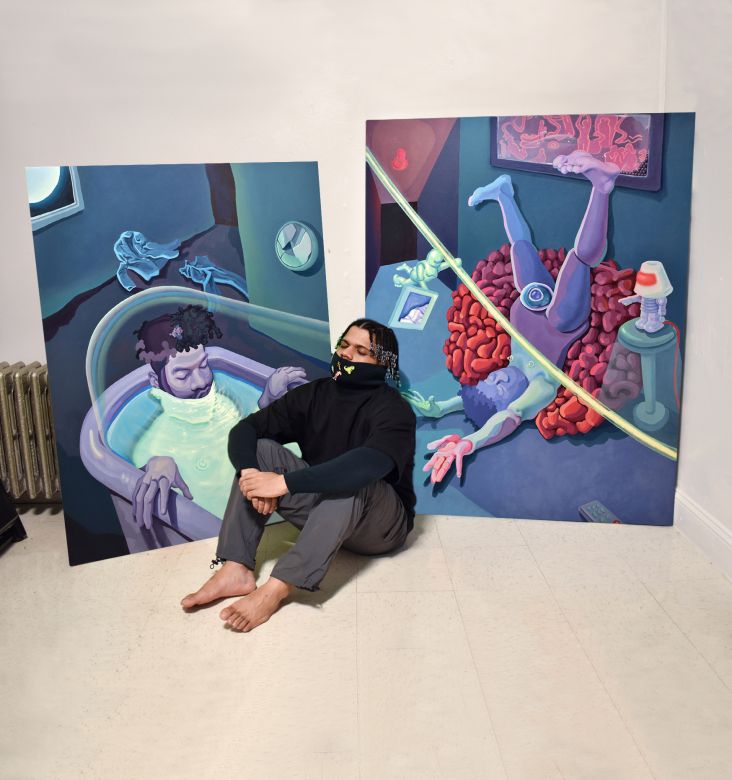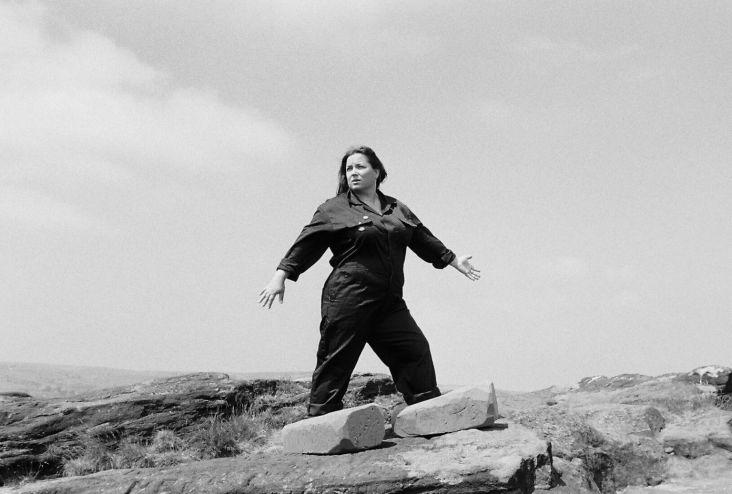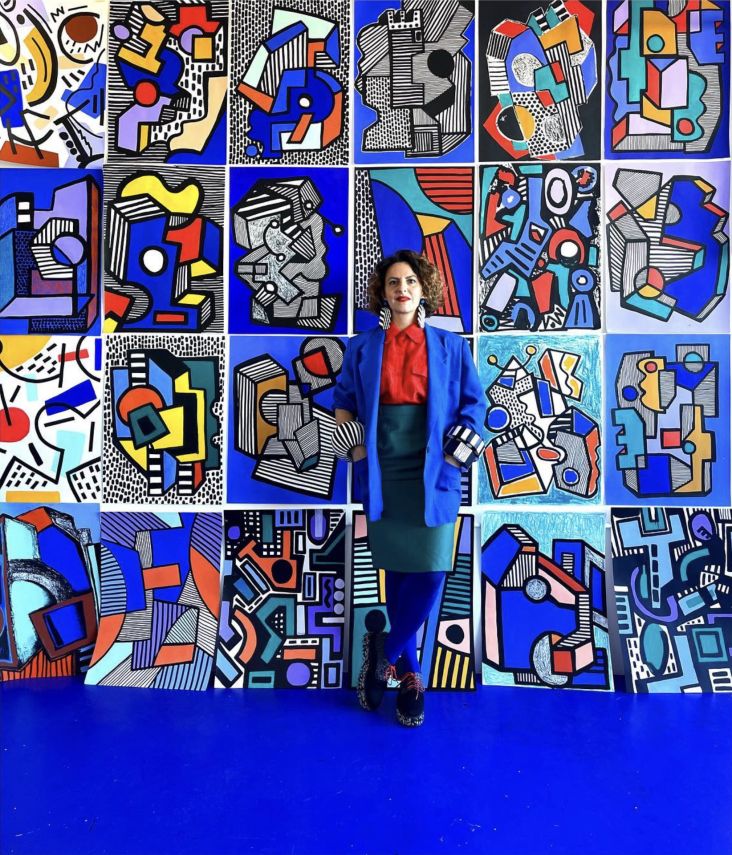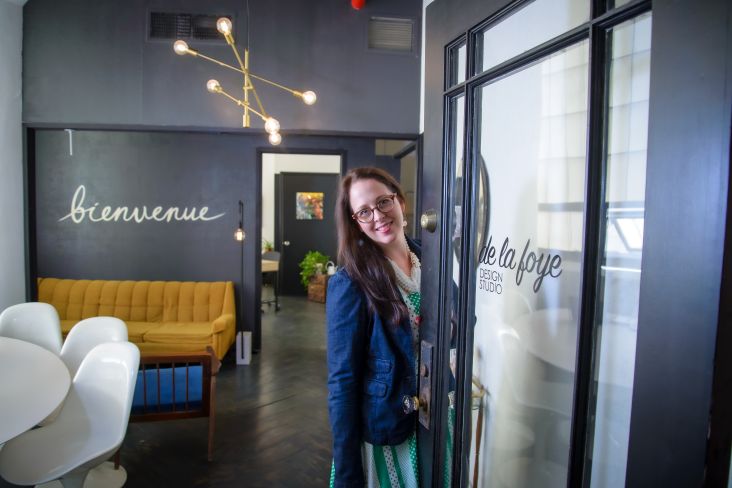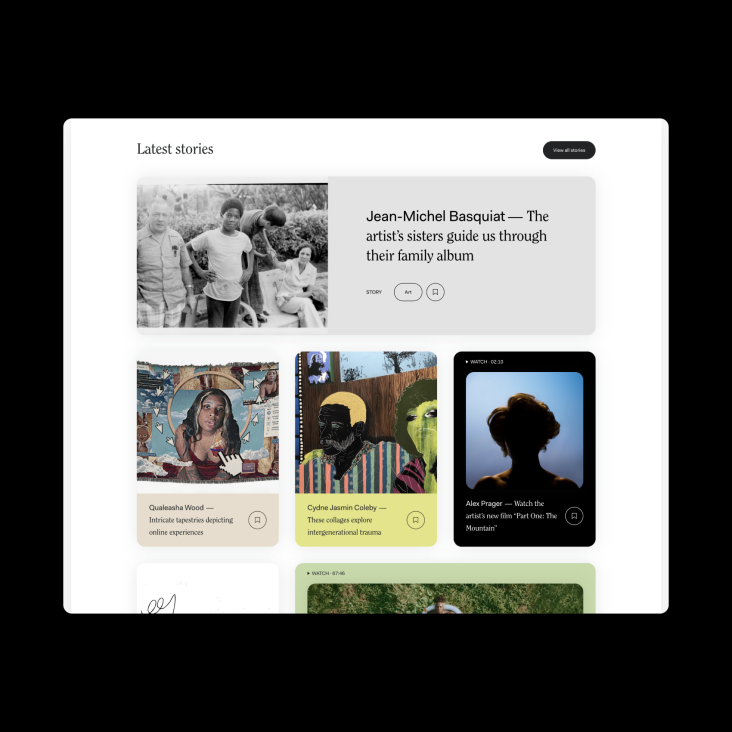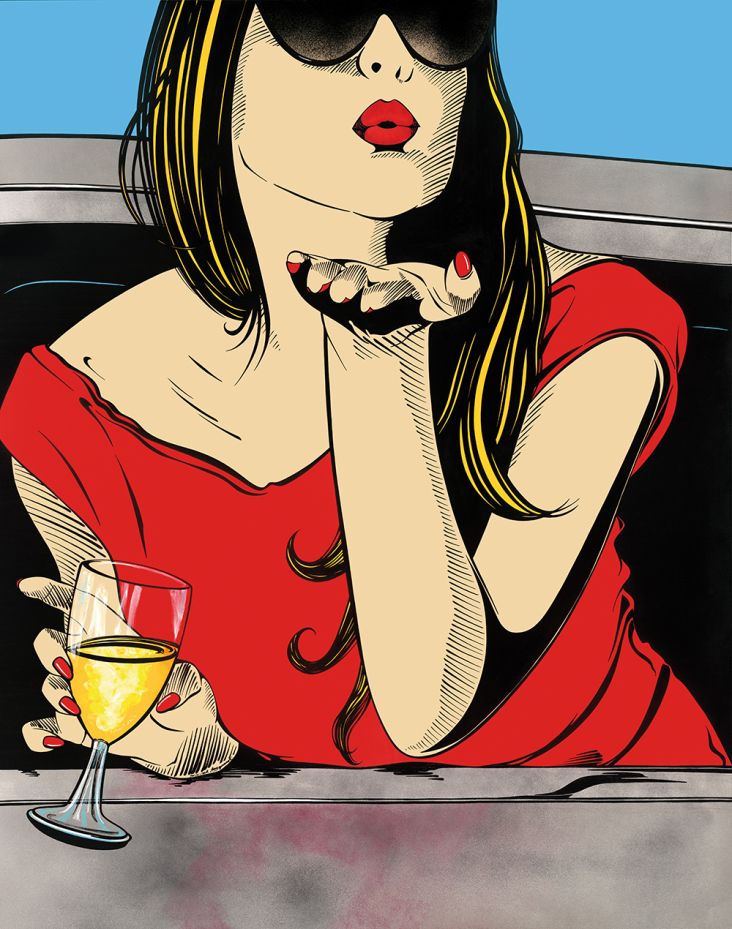TikTok: Art market disruptor or passing fad?
For many artists, the social media platform has been revolutionary, but is it becoming too central to the creative process?
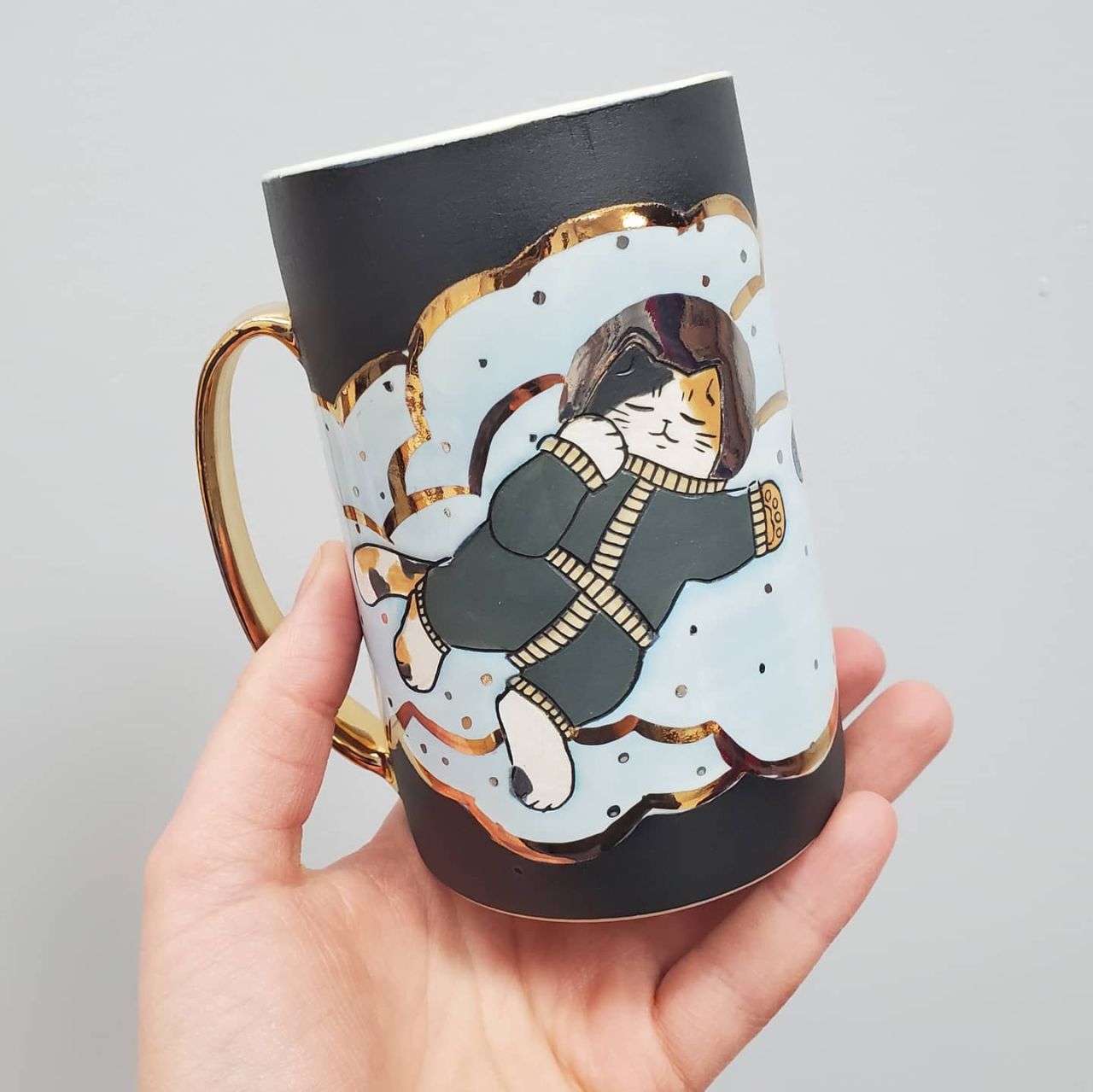
Image Courtesy of Tessa Reed
It started with the pandemic. Like so many others who found their lives and livelihoods upended by Covid-19, artists turned to digital spaces. As museums, galleries and other venues for sharing and viewing art closed, a path forward became obscured. Though some institutions did pivot to the digital space in the form of online exhibitions or virtual tours, these were mainly major players with hefty budgets – places that few artists have access to. For up and comers without an already established fanbase, the shutdown was crippling. Then, they discovered TikTok.
TikTok, the short-form video-sharing app from Chinese internet company ByteDance, has blown up over the last few years. According to Anne Gerlieb, a professor at the University of Bonn's Art History department, TikTok "hit 800 million active users during the lockdown periods of 2020/21". The beauty of TikTok is, above all else, its accessibility. An easy medium to master, users can edit and insert voiceovers or music through simple in-app tools. What began as a dance-share platform morphed into something else altogether, and creators were eager to jump on the bandwagon.
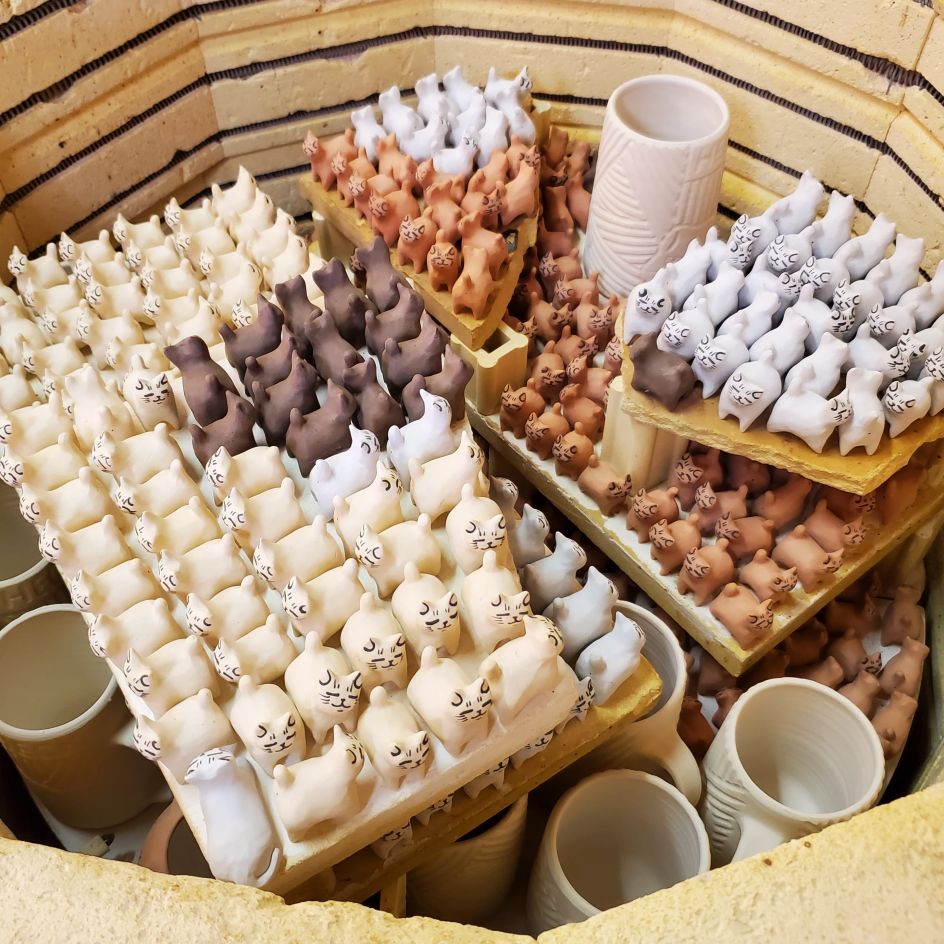
Image Courtesy of Tessa Reed
For many artists, TikTok gave them access to a following that not only carried them through the pandemic but, in some cases, changed the nature of their business altogether. "What TikTok allowed me to do was establish an online client base and shift to making whatever I wanted," Vancouver-based ceramicist Tessa Reed tells Creative Boom. "It also gave me confidence in having the engagement and consistent people who would support my business outside the stockists and wholesale market…right now, my business model is completely different than it was before, and that is largely because of TikTok."
Beyond gaining a following, success that artists have found on TikTok has contributed to their practice in other ways. For Brooklyn-based artist Tabitha Whitley, who joined TikTok in the early days of the pandemic, the social media platform not only resulted in a major uptick in sales but also helped her forge relationships during a time of isolation. "I feel like I'm making sincere connections with other artists," Whitley told Creative Boom of the platform. "There's a real creative community there that I didn't expect."
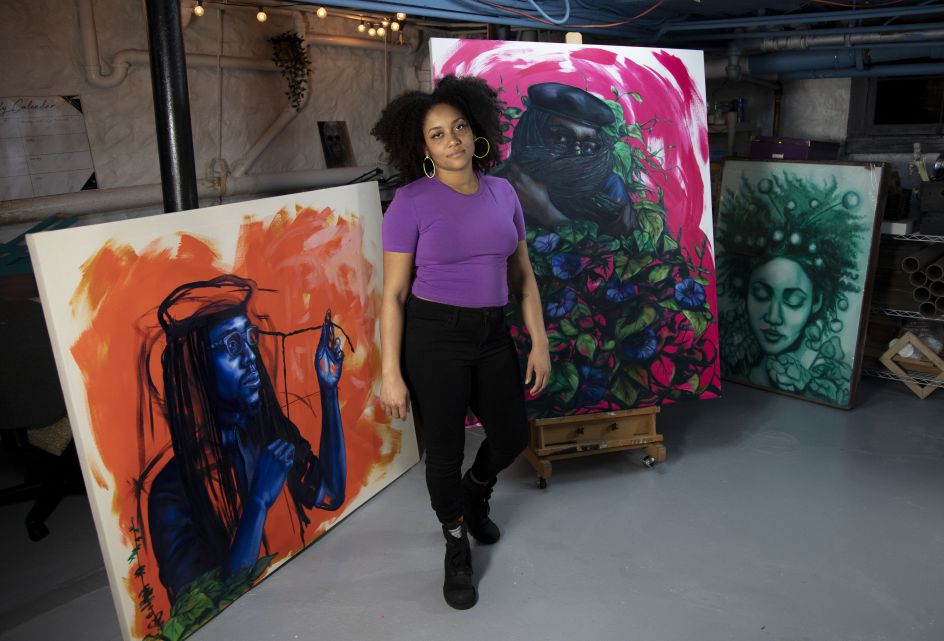
Tabitha Whitley in her studio. Photo by Jamin Cooke
Not everyone can go viral, especially as the medium becomes more saturated, but Reed and Whitley are both artists whose videos regularly attract thousands of views, with some reaching the high six figures. Their approach to the platform is authenticity, with virality being a welcome but secondary concern. "My TikTok is more about showing my process and exploration than it ever has been my product," says Reed. Gerlieb's research reinforces this idea, and she has observed that artists use TikTok more as a "virtual studio visit" than a marketing platform. "Almost always what I made were clips that hit me emotionally or something I was super engaged with or obsessed about and talking about very viscerally," says Reed. "I think those are the ones that go more viral and don't take me as much time."
While TikTok may have begun as a place for Gen Zers to share dances, the search for connection that the pandemic exacerbated opened the app up to creators offering something deeper. Unlike Instagram, which is a highly curated online space more reminiscent of a gallery or museum, TikTok is supposed to be a place of authenticity, promising an immediacy and messiness that many of its users crave. "If you're producing content that is meaningful and you have something specific to say, and you find an eloquent, to-the-point way of saying it, it resonates with people more than gimmicky things," says Whitley.
@tessaramics on TikTok
And yet there is the undeniable reality of algorithms and the specific nature of the digital space that has its pitfalls for creators. Artists who found early success on TikTok, many lacking a traditional art school background or gallery representation, now feel hemmed in by the initial style that gained them notoriety and allowed them to bypass those established gatekeepers. "Tailoring your art to TikTok is no different than tailoring your art to a gallery or an audience because it's equally dangerous no matter what," warns Whitley. "If you are creating work for the app or creating the work that you think other people want to see, you're going to lose the sincerity that brought people to it in the first place. That can happen to anyone under any circumstances outside of TikTok."
This burden of maintaining a certain aesthetic breeds a fear of experimentation, and it can also put undue pressure on the creative process itself. These days, there is an unprecedented level of documentation, which can be a wonderful thing. TikTok invites the masses into an artist's space like never before, giving them a front-row view of the creative process. And yet, a lot of this documentation has a certain expected level of refinement, which can take away from the rawness of creative expression. "I feel like it gives this expectation for new or younger artists to have more polish in how they document the progress than actually developing the work itself," observes Reed.
@tabithawhitley_art on TikTok
Beyond the fear of experimentation and a loss of interest from an online audience, some artists are also spending more time creating content than actual physical works of art. "I will say there's a real struggle because there's a pressure to create content at a rate artists can't create at," says Whitley. "I think it's important to put your artwork first and decide how you share." Sometimes, this means stepping away from social media altogether – something Reed has done for months at a time. In other cases, it involves a certain acceptance that maybe not every video will go viral or even gain traction at all. If you are committed to establishing an artistic career with longevity, there needs to be a stronger dedication to the art itself than to digital documentation.
In this way, the future of TikTok is uncertain. Is it a passing fad or an art market disruptor? Can it effectively dismantle the elitist gatekeepers of the art world, or will it breed an entirely different genre of art made for the platform itself? Maybe it all depends on how you use it. "TikTok in and of itself is not a sustainable thing," says Reed. "I find it overwhelming because of the fad type of engagement and momentary virality of everything. As an artist, that's not how you can sustainably run a business long-term. It's really great for building a fan base, but it's also not built for longevity."
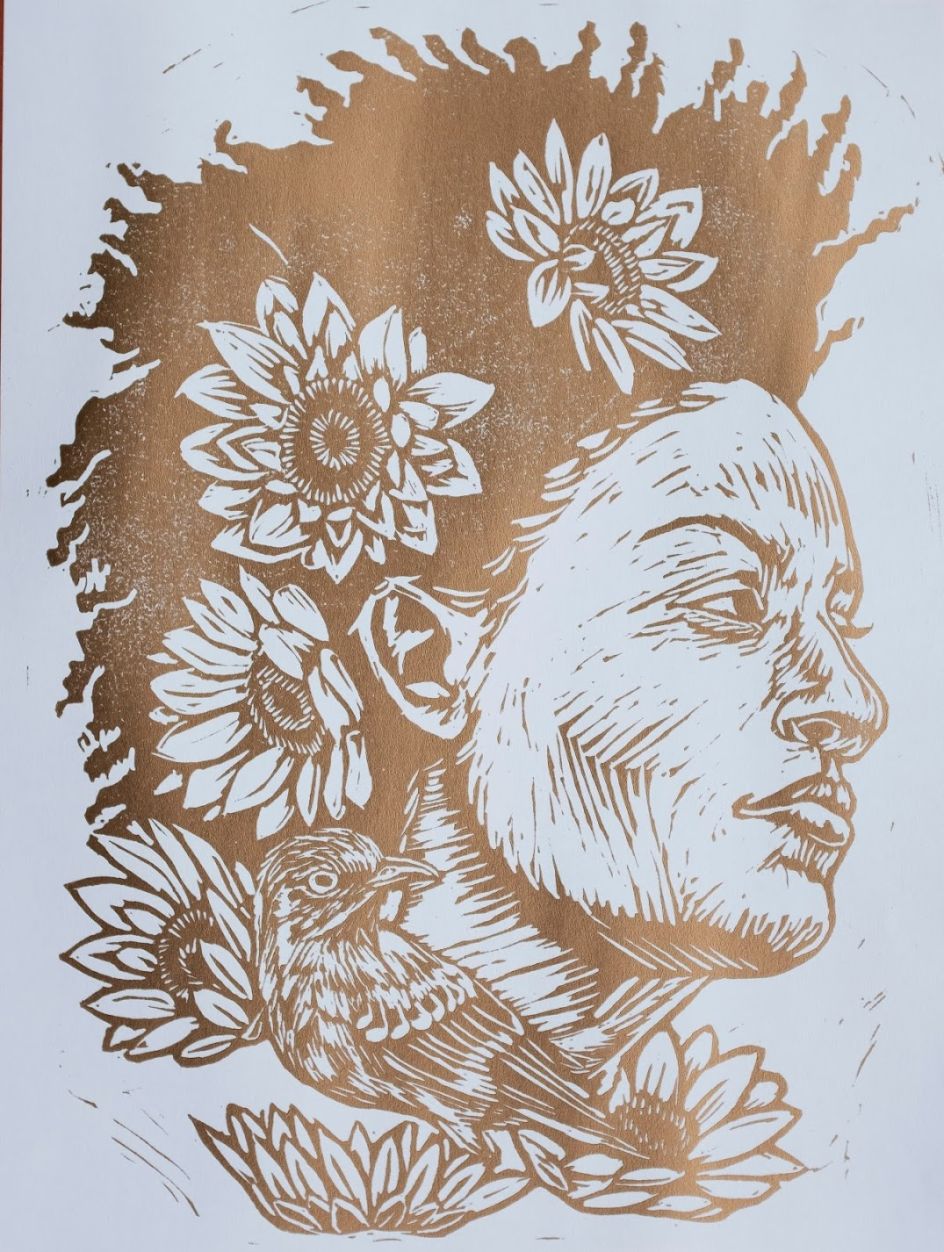
Image Courtesy of Tabitha Whitley




 by Tüpokompanii](https://www.creativeboom.com/upload/articles/58/58684538770fb5b428dc1882f7a732f153500153_732.jpg)


 using <a href="https://www.ohnotype.co/fonts/obviously" target="_blank">Obviously</a> by Oh No Type Co., Art Director, Brand & Creative—Spotify](https://www.creativeboom.com/upload/articles/6e/6ed31eddc26fa563f213fc76d6993dab9231ffe4_732.jpg)








